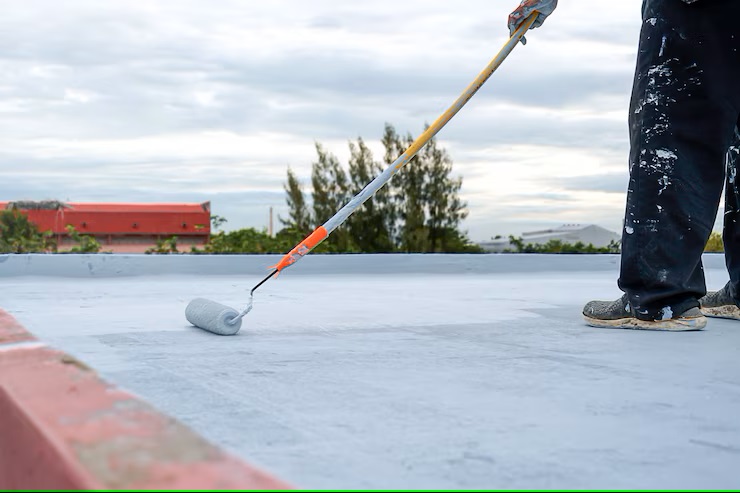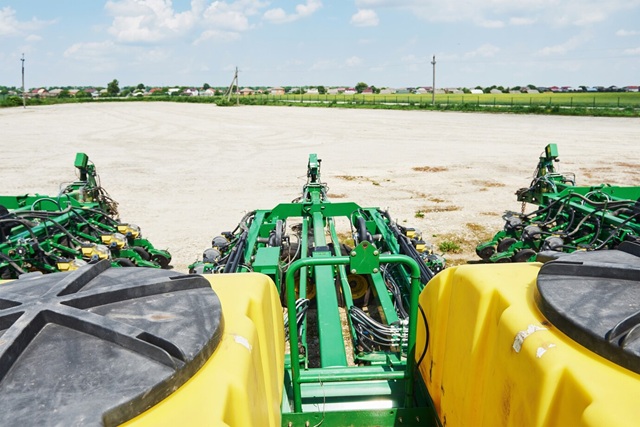
How do forage harvesters work in modern farming?
In today’s era of technological advancement, modern farming heavily depends on innovative equipment to maximize productivity and minimize labor. Among such essential machines is the forage harvester — a cornerstone in livestock farming that enables farmers to harvest and process large volumes of forage crops efficiently. Whether it’s for silage, haylage, or fresh fodder, forage harvesters play a pivotal role in preparing nutrient-rich feed for cattle and other livestock.
In this comprehensive guide, we’ll explore how forage harvesters work, their different types, and their significance in modern agricultural practices.
✅ What is a Forage Harvester?
A forage harvester, also known as a silage harvester, forager, or chopper, is an agricultural machine designed to harvest plant materials (like grass, corn, or alfalfa) and chop them into small, digestible pieces. These processed forages are then stored as silage for livestock feeding, especially during the off-season when fresh pasture is not available.
????️ Components of a Forage Harvester
- Header: Gathers crops from the field, with different headers for corn, grass, or whole plants.
- Feed Rollers: Pull the crop into the machine and regulate the feed rate.
- Cutting Mechanism (Drum or Flywheel): Cuts the crop into smaller pieces.
- Blower or Ejector: Throws the chopped material into a trailer or container.
- Kernel Processor (optional): Crushes kernels for improved digestibility.
- Spout: Directs chopped forage into the trailer alongside.
???? Types of Forage Harvesters
1. Self-Propelled Forage Harvesters
These are independent units equipped with their own engine and driving mechanism, best suited for large-scale farms.
- High-capacity engines (400+ HP)
- Advanced operator cabins
- Precision technology and GPS guidance
- Faster operation and mobility
2. Tractor-Mounted (Pull-Type) Forage Harvesters
These are towed by a tractor and powered via the tractor's PTO (Power Take-Off), ideal for small to medium-sized farms.
- More affordable
- Flexible in terms of tractor use
- May require multiple passes
???? How Forage Harvesters Work: Step-by-Step Process
Step 1: Crop Collection
Using a specialized header, the harvester gathers forage crops like corn, sorghum, or grass.
Step 2: Feeding the Crop
Feed rollers direct the plant material into the cutting chamber at a consistent rate.
Step 3: Chopping Process
Rotating cutting blades chop the forage into uniform pieces, aiding digestion and fermentation.
Step 4: Kernel Processing (Optional)
Kernel processors crush corn kernels, releasing starch for improved feed efficiency.
Step 5: Blowing and Loading
The chopped forage is expelled via a blower through a discharge spout into a trailer.
???? Uses of Forage Harvesters in Modern Farming
- Silage production for cattle feed
- Haylage and green fodder preparation
- Efficient harvesting with reduced manual labor
- Precision feed management through uniform chopping
???? Benefits of Using Forage Harvesters
✅ Increased Efficiency
- Harvests and processes acres in hours
- Reduces manual labor
✅ Improved Feed Quality
- Uniform chopping aids fermentation
- Kernel processing enhances digestibility
✅ Versatility
- Suitable for various crops
- Adaptable headers for different needs
✅ Cost-Effective for Large Farms
- Reduces fuel and time costs
- Streamlines fodder production
???? Integration with Smart Farming Technologies
Modern forage harvesters are integrated with smart technologies like:
- GPS auto-guidance
- Moisture detectors
- Yield monitoring
- Remote diagnostics via telematics
⚙️ Maintenance Tips for Forage Harvesters
- Clean blades and feed rollers after use
- Check belts and chains regularly
- Lubricate moving parts
- Inspect kernel processor settings
- Store in a dry location
???? Future of Forage Harvesting
Innovations in forage harvesting include:
- Autonomous harvesting machines
- AI-driven crop monitoring
- Eco-friendly engines
- Operator safety enhancements
???? Conclusion
Forage harvesters are a cornerstone of modern livestock farming, enabling fast, efficient, and high-quality feed production. As agricultural practices evolve, so does the technology behind forage equipment. Whether you're running a small dairy farm or managing a large-scale livestock operation, investing in a suitable forage harvester can significantly enhance productivity, feed quality, and profitability.
With their ability to process vast amounts of forage crops efficiently, forage harvesters continue to play a pivotal role in sustainable and smart farming.
















Post Comment